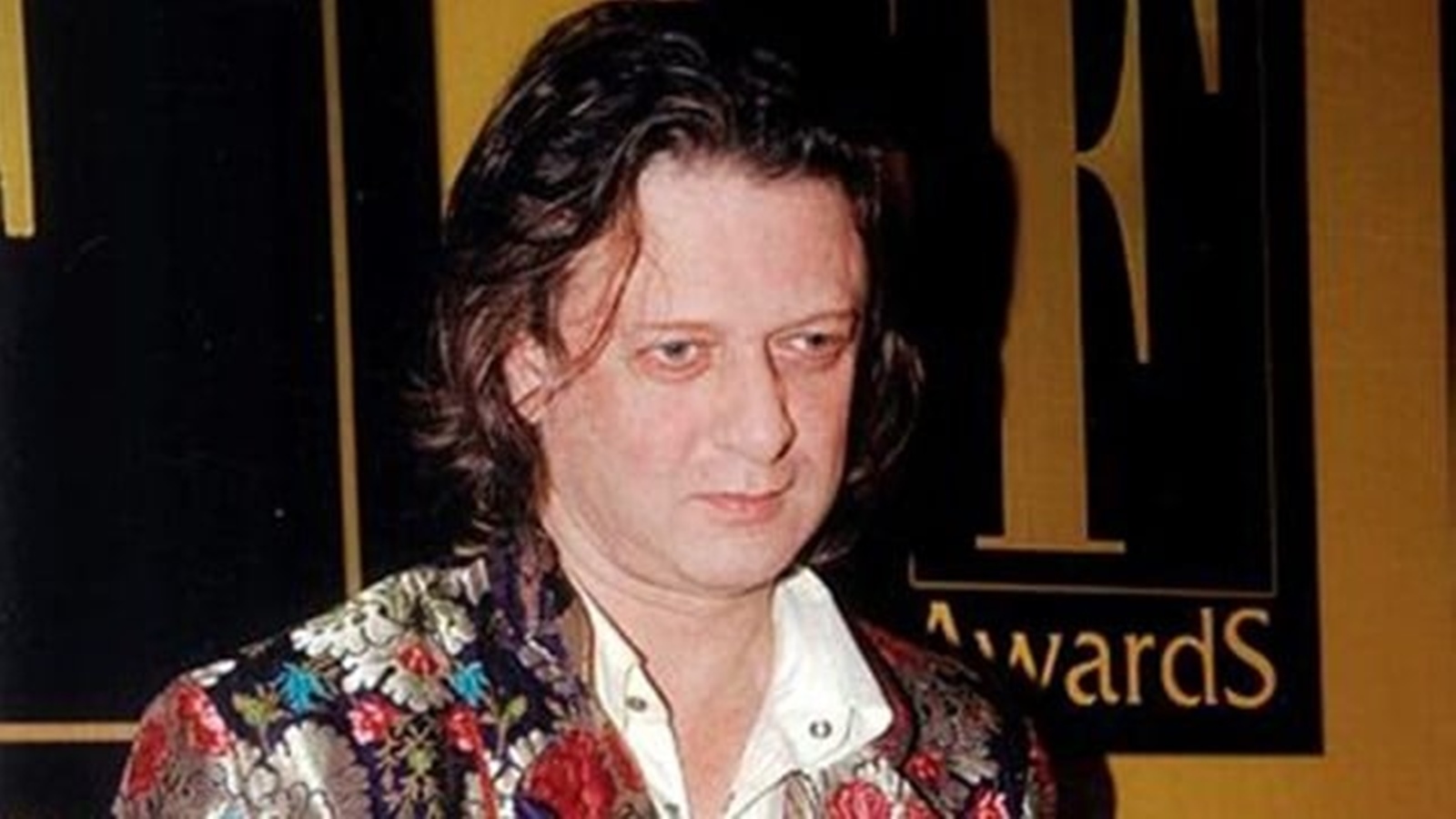
Rohit Bal was happy that day in May, the day he returned from his unit in Noida, very workman-like in black tees and jeans. “A collection is coming and I enjoyed sitting with my craftsmen,” he had said, the old twinkle in his eye overshadowing his laboured speech and hobble of a walk as he was still recovering from a critical heart disease from months ago. Thus was born Kaaynaat, his last collection for the finale of the Lakme Fashion Week and the best bloom of his creative life. It featured red roses aplenty, threaded as they were with hope and intent to endure. That’s how “Gudda” Bal would want to be remembered.
It was his most balanced and wearable collection, the solidity of ivory, black, grey and maroon brought alive with the intricate embroidery and embellishments. It was maximalist and minimalist at the same time, fluid yet structured. Though he was in tears himself, his Instagram post on matching a step with showstopper Ananya Pandey played down the bigness of what, indeed, turned out to be his swan song: “Look at my paunch… Motu.” Perhaps he didn’t want to be reminded that the show could be his last.
Seldom does a fashion designer break the chimaera of a fascinating world swirling in stardust. But Rohit Bal, the definer of Indian fashion as we know it today, was aware of its fragility. Most importantly, he knew that fashion had to become the common man’s language if it had to make business sense. His inspiration often came from how ordinary people dressed and how he could take his design sensibility to them. He knew how to break the ice, spending hours sitting on the floor, watching the weaver work on his loom in the alleys of Varanasi.
“I love that block-printed cotton kurti you are wearing; I can sense why you are comfortable with it. I get what you are about. The day I can create something that you are comfortable in rather than just valuable, fashion would win,” he had told me once in the earliest days of our interaction. “A sari is the greatest couture and the most elegant fashion statement there is,” he had said. All he did was team it up with a corset blouse — a Western silhouette that elevated the traditional look. This mastery of combining the traditional with the modern happens only when one is sure of their roots. And Bal was more than sure of Indian craftsmanship while recreating the finest veins of the chinar leaf on a jacket trim.
He loved the chinar tree, his place of solace. He believed in Kashmiriyat but never overplayed his Kashmiri identity. Yet, his work is heavily influenced by poetry, folklore, carpet weavers and shahtoosh shawl makers, be it in motifs, styling or fluidity. He kept going back to the Valley for inspiration, but it was the plight of the weavers that moved him to tears. “I always buy from these roaming carpet weavers, knowing they will have no money to transport them back to their homes if their rolls are unsold,” he said. His dream was to build a karkhana for Kashmiri craftsmen. And he loved and served Kashmiri food at home.
He never played to the gallery when it came to politics. When Section 377 was decriminalised in 2018, he simply wore a jacket emblazoned with 377 at the back and strutted the ramp at the end of his couture show. A statement piece, he believed, did the talking.
Long before the corporatisation of design houses, Bal realised the power of the mass market. Although he had shown in Paris, London and New York and had collaborated with Christian Louboutin, he didn’t flaunt his international laurels. One of the founding members of the Fashion Design Council of India (FDCI), he believed a thriving domestic market would keep designers relevant. He pushed pret like no other, beginning with his line of khadi shirts for men at Rs 800. Instead of Western fashion houses, he preferred to tie up with Indian brands like Linen Club, HiDesign, Titan and Biba for pret collections, his own Balance coming later. Unlike many designers, he never looked for European inspirations, lending casual extravagance with his long-tailed parrots, elephants, cockatoos, horses, flowers and leaves.
A lover of India’s craftsmanship (his Defence Colony apartment was crammed with antiques), Bal would invest himself heavily if the artistry appealed to him. He was so taken by the artisans and crystal cutters of the Czech Republic, Slovakia and Central Europe that he launched a line of handcrafted crystalware, never forgetting to keep an affordable tableware range of champagne flutes, decanters and wine glasses. Some of his brand extensions, like his restaurant Veda, didn’t do too well. But that’s because his ultimate joy was sketching a design on the drawing board.
It is easier to remember his flamboyant lifestyle or his customary dance on the ramp, but he had fought severe health challenges for the last few years, giving up many things he loved. He fought valiantly every time he went to the hospital. But as he said, “Good design is when you know where to stop than cramming details for the sake of it.” It wasn’t time for him to stop.
rinku.ghosh@expressindia.com
© The Indian Express Pvt Ltd
First uploaded on: 02-11-2024 at 12:47 IST



